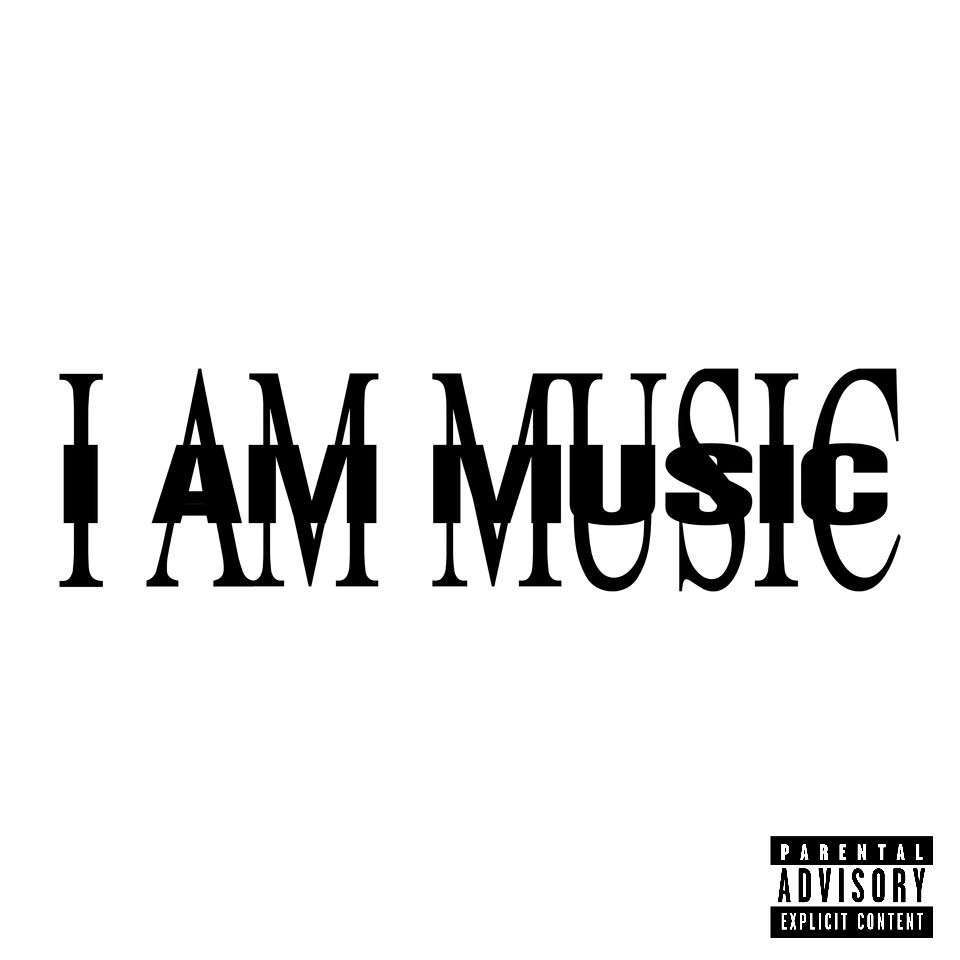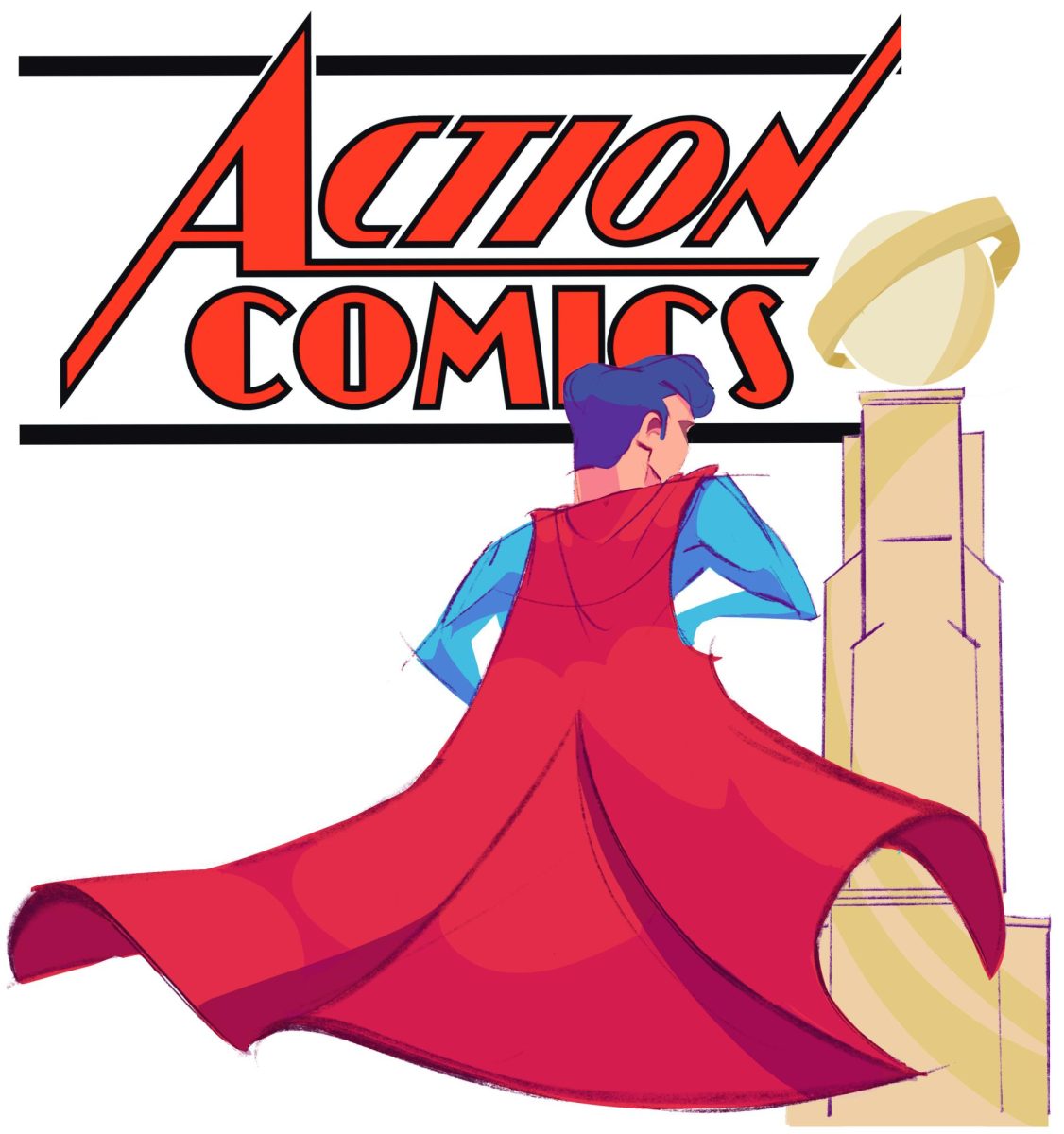By Carolyn Bossmann
Opinion Editor

At first glance, the 3-D printer in D Building looks like a simple open black box with a few wires and a platform inside. This deceivingly simple design does not show the printer’s ability to create any plastic model a creator might think of, within the size restrictions. “Maximum, it can print about the size of a football,” Mark Maxey, an advanced sculpture student, said.
Students use the MakerBot Replicator 2 in a number of ways to help them create unique artwork. Using an Xbox Kinect, they can scan items in a 3-D space and print the items from a computer.
There are also multiple software applications that allow students to create their own model out of nothing or to bring different graphics into the software and combine them as the student sees fit.
Additionally, the program has “an X-ray scanner that can be used to scan people, rooms and objects to be incorporated into the 3-D programs,” Natalie Macellaio, adjunct professor of art metals, said. “These images can be manipulated and added to for unique forms.”
While students are surrounded by all of this technology, Macellaio still focuses on teaching the basics. “It is still very important to me that the students understand materials and how things are put together manually,” Macellaio said.
Since this software is relatively new to both faculty and students, “there is still a learning curve, and again, everything has its benefits and downsides,” Macellaio said.
Printing can take up to 10 hours depending on the size, and even then not every print goes smoothly. “The actual printer glitches out constantly,” Maxey said. “The belt will slip and you’ll get really really wonky prints, which I actually like.”
The technology of 3-D printers is advanced but still lacks the finesse of computing when a mistake is made. “You hear ‘printer’ and you think it’ll be like your Epson at home, but it’s not like that,” Maxey said. “The technology isn’t there yet.”
The printer does not have any auto-correcting capabilities. Whenever a belt slips or a mistake is made, the prints can come out with half of the model correct and the other half printed drastically to the left, or with thin strings of plastic popping out around the model. Unfortunately, there’s no exact science to predicting when the printer will glitch or how to fix it.
“The 3-D printer is just another tool to use in the classroom,” Macellaio said. “It has its benefits and limitations just like a hammer and nail.”
She said her class is still exploring all of the capabilities the printer has to offer. Some students use it to print out pieces of their sculptures, some use it for casting, and others, like Maxey, see the printer as a way to achieve a new kind of sculpture made solely out of printed materials.
“I started thinking of Frankenstein creations, and I was reading about 3-D printing organs, so I started 3-D printing organs, but I was glitching them out, making them all polygonal and jagged,” Maxey said about his most recent 3-D printer project.
The 3-D printer technology has been used all over the world as more than just an outlet for original sculpting designs. “The ‘KamerMaker’ prints large Lego-like structures, made from recycled plastic, which will form the building blocks of a full-size canal house,” reported CNN.
In essence, the more 3-D printers advance, the more likely they will become a household item. Instead of going out and buying something, the potential is there for the average person to just print their own.
As with any medium, 3-D printers are not perfect, but they are a new way to experiment with art designs that Brookhaven students could not before.
“Art is like that. Art is: things go wrong and you have to figure out how to deal with it,” Maxey said. “If you talk to any master painter or sculptor, they’re going to say they never worked on a single project where something didn’t go wrong. Maybe those weren’t terribly successful, but that’s what art’s about.”






